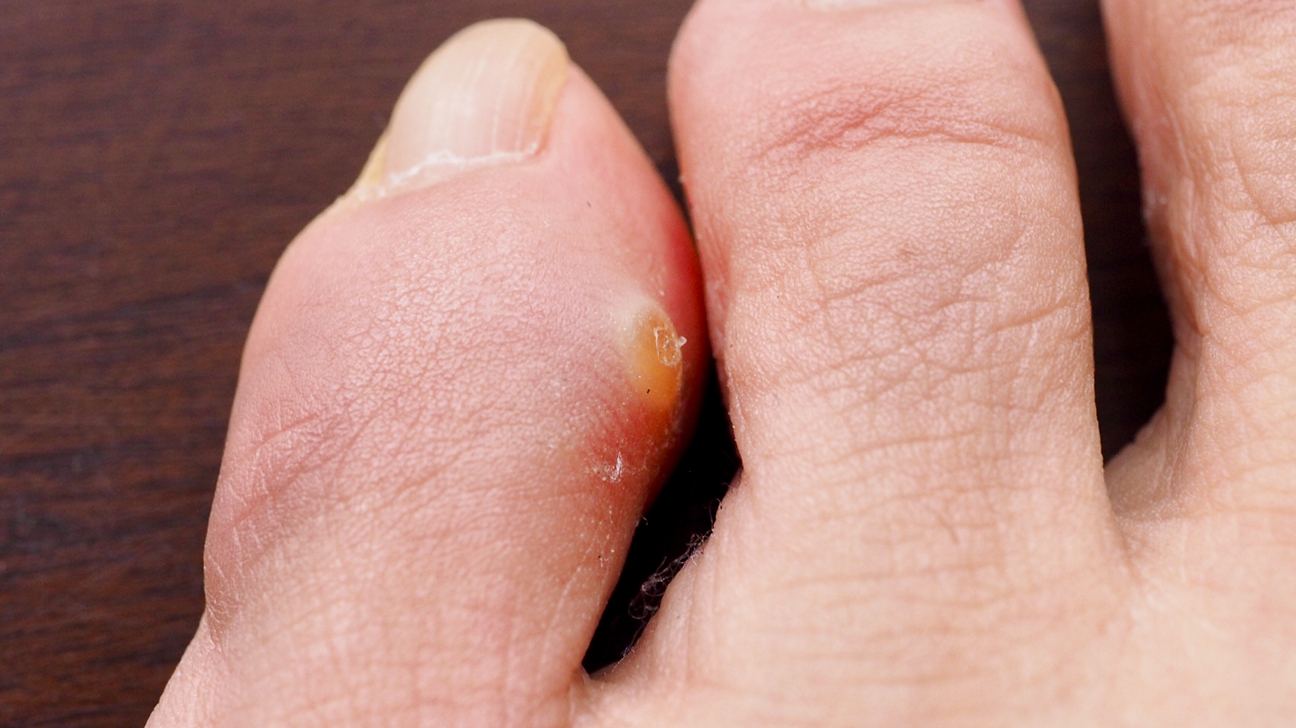Corn: Risk Factors, Diagnosis, and Treatment
Corn is a layer of dead skin cells that usually appear on your feet. Your provider may conduct tests to distinguish corns Upper East Side from other conditions like cysts or plantar warts. NYC Footcare PC offers various non-invasive therapies to effectively deal with this condition. Here is what you need to know about corn.
What causes corn?
Corns typically develop due to excessive friction and pressure on the skin. They often form around bony areas where the skin is often subject to constant rubbing. The friction and pressure kill skin tissue, creating a hard layer of dead cells.
A shoe that doesn’t fit is the most common factor for patients with corn. The area of your feet subjected to friction or pressure will develop a hardened layer of skin. The purpose of hard skin is to protect the underlying tissue and cells.
Corn risk factors
You are more likely to have corns if you wear shoes without socks. Corns develop faster for people in occupations that require exerting undue pressure on the foot.
Poor posture causes you to place more weight on the inner or outer edge of the foot when walking. Working or walking barefoot only worsens the spread of corn on your feet.
You may be at risk If you have foot deformities such as the hammertoe, which develops due to ill-fitting shoes. Genetics could be a factor in cases where the hardened skin is on areas like your palms or the sole of your feet. Corns are less likely in these areas since they are not subjected to weight or pressure.
Patients with conditions like heart disease and diabetes are more prone to corn. These conditions limit blood flow and increase the risk of dead skin cell buildup.
Are corns painful?
Most cases of corn are not painful, especially in the early phases of the condition. But sometimes, they become tender and more sensitive to touch in later stages.
Corns can cause minute tears to develop, allowing microbes to infect the corn. At that stage, you may experience more pain and discomfort.
Corns can be risky and painful for people with autoimmune conditions or diabetes. The patient’s poor immune response allows the wound to become infected. Poor circulation in patients with diabetes may lead to gangrene development.
Infected corn can be excruciatingly painful and may cause problems with walking. You may need surgical treatment, but that usually depends on the diagnosis.
Diagnosis and treatment of corns
A physical exam is usually sufficient to diagnose corn. Your provider will also ask you questions regarding your daily routine to determine the cause. The process also involves evaluating the patient’s posture.
You can treat mild cases of corn by soaking your feet in warm water. Wrapping with padding and applying ice to the affected area can reduce pain and discomfort.
If you have diabetes or problems with blood circulation, you should visit a doctor for treatment. The corn is likely to become infected and cause complications.
Your provider can treat severe cases through a surgical procedure to remove dead skin cells. But surgery is the last resort when other alternatives have failed to offer relief.
Contact NYC Footcare PC to book a corn treatment consultation today.


